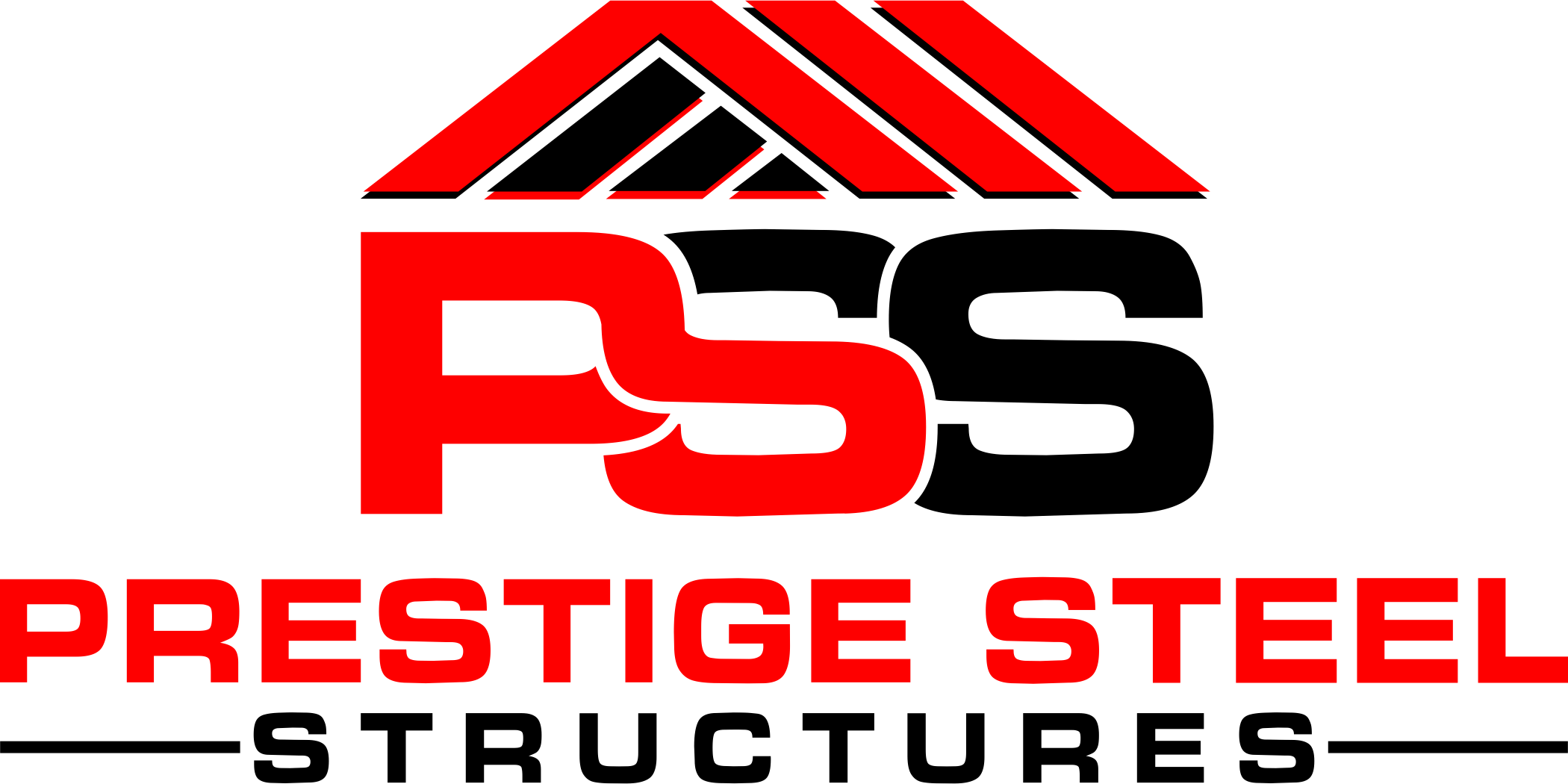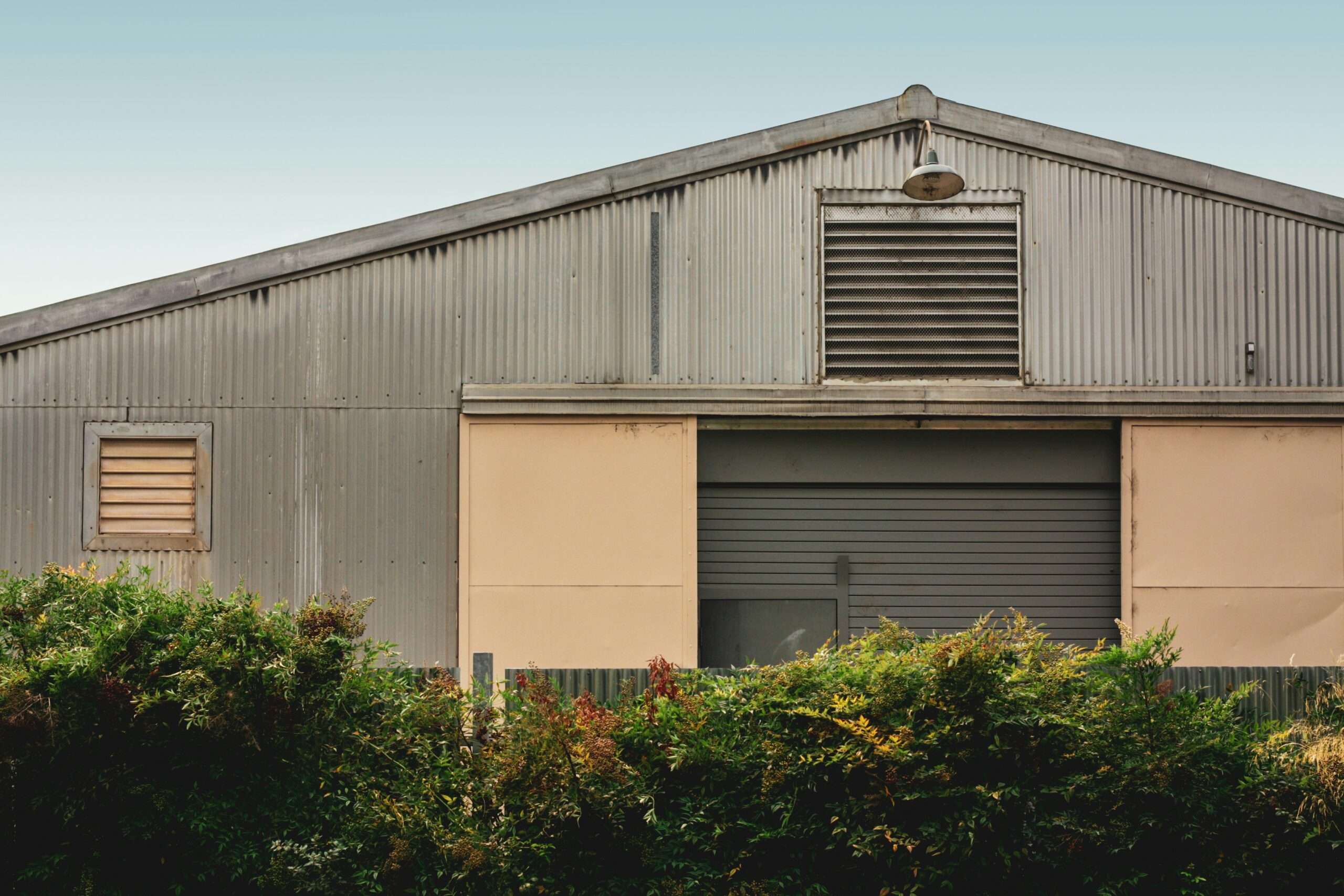Dreaming of a sturdy workshop, a modern barn, or even a unique living space? Metal buildings offer durability, affordability, and endless customization, but navigating the buying process can be daunting. This guide empowers homeowners, businesses, and DIY enthusiasts with the knowledge and tools to confidently choose, buy, and build their dream metal structure. From defining needs to navigating permits and installation, unlock your metal building dreams with expert insights and practical tips! Let’s build!
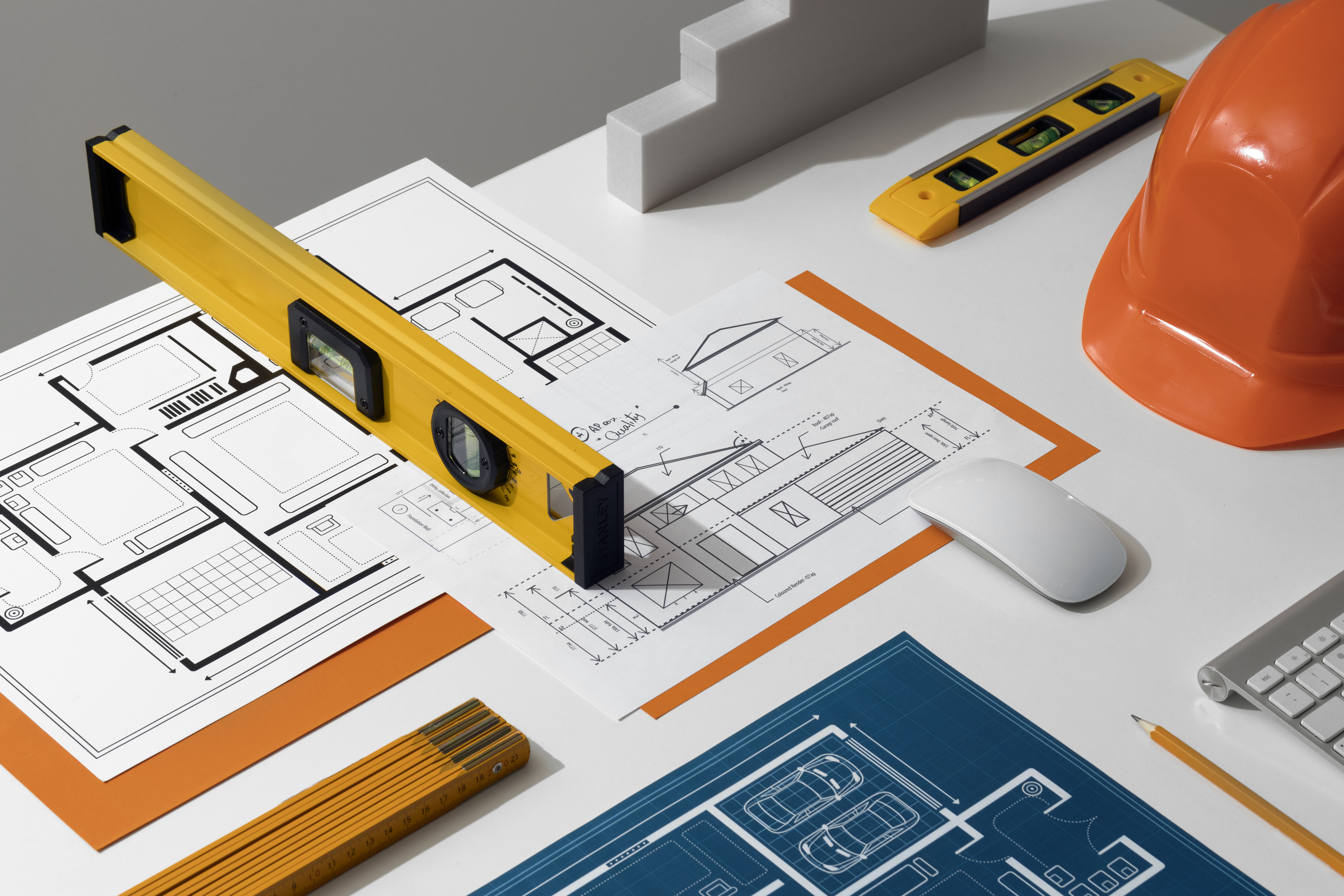
Defining Your Needs: Building a Solid Foundation for Your Metal Dream
Before diving headfirst into the metallic world, take a moment to solidify your vision. A clear understanding of your needs will guide you towards the perfect metal building, saving you time, money, and future headaches. Let’s embark on a journey through the crucial questions that will pave the path to your ideal structure.
Demystifying the Purpose
What grand dreams await within the steel walls of your future building? Will it be a sanctuary for your treasured possessions, a haven for creative pursuits, a multi-functional space for work and play, or perhaps even your very own living quarters? Each purpose has distinct needs:
Storage: Size reigns supreme here. Assess the volume of items you intend to store (vehicles, equipment, furniture) and factor in future expansion needs. Consider accessibility – will you require large doors for bulky items or multiple access points for everyday use?
Workshop: Think about your workflow. Do you need dedicated areas for specific machinery, ample workspace for large projects, or designated storage for tools and materials? Ventilation and natural light might be crucial depending on your craft.
Garage: Is it strictly for vehicle parking, or a multi-purpose haven for tinkering and hobbies? Size matters – will you house multiple vehicles, need extra space for workbenches, or desire a dedicated storage area? Don’t forget about door height and width to accommodate larger vehicles.
Barn: Livestock needs specific considerations. Ensure proper ventilation, temperature control, and adequate space for animals to roam. Think about feed storage, waste management, and easy access for cleaning and care.
Living Space: This requires meticulous planning. Factor in building codes, insulation requirements, plumbing and electrical needs, and desired amenities. Size, layout, and design will significantly impact comfort and functionality.
Finding the Perfect Fit: Size and Dimensions
Now, let’s translate your purpose into numbers. Measuring your needs accurately will prevent a building that’s too cramped or unnecessarily vast. Consider:
Intentional Use: Determine the minimum clearance you’ll need for your intended activities. Will you be storing tall equipment, hosting large gatherings, or maneuvering vehicles? Account for headroom, clearance for machinery operation, and comfortable movement within the space.
Future Flexibility: Don’t underestimate the power of foresight. If expansion is even a remote possibility, factor in some extra space. This could translate to wider bays, taller walls, or even modular designs that allow for future additions.
Local Regulations: Zoning regulations might dictate minimum or maximum sizes for your building. Research local codes early on to avoid any surprises down the line.
Design Considerations: Beyond Just Steel
The functionality and aesthetics of your metal building can be significantly enhanced by thoughtful design choices:
Roof Style: Consider your climate and aesthetic preferences. Gable roofs offer good drainage, while hip roofs provide better wind resistance. Standing seam roofs add a touch of elegance, while corrugated panels are more economical.
Clear Span: This refers to the unobstructed space inside the building, free from columns or support beams. Choose a clear span that accommodates your needs without unnecessary costs.
Door and Window Placement: Strategically placed doors and windows optimize usability, ventilation, and natural light. Think about access points for vehicles, equipment, and foot traffic. Windows can bring in natural light, but factor in security and energy efficiency needs.
Budget Reality: Planning for the Price Tag
Metal buildings offer affordability, but costs can vary depending on several factors:
Material Selection: Gauge, type of metal, and additional features like insulation all impact the price tag. Do your research and weigh the cost-benefit of each option.
Building Size: As expected, larger buildings cost more. Optimize your size requirements to achieve the functionality you need without exceeding your budget.
Installation Costs: Factor in professional installation fees, which can vary based on complexity and location. Consider DIY options if you have the skills and permits allow.
Permits and Approvals: Obtaining necessary permits can incur expenses. Research local fees and plan accordingly.
Additional Upgrades: Skylights, gutters, and other features add value but come at a cost. Prioritize based on your needs and budget.
Location, Location, Location: Setting the Stage
Where your metal building stands is just as important as what it stands for. Consider:
Zoning Regulations: Not all areas allow metal buildings, so research local zoning codes before proceeding. Ensure your chosen location complies with restrictions on size, placement, and setbacks.
Foundation Options: Choose a foundation that suits your soil conditions, budget, and building size. Concrete slabs are common, but piers or post foundations might be suitable for smaller structures or specific soil types.
Accessibility: Ensure your chosen location allows for easy access for people, vehicles, and utilities. Here are some key considerations:
People:
Pedestrian access: Is there a clear and safe path for people to reach the building? Consider sidewalks, walkways, and any necessary ramps or stairs that meet accessibility standards.
Parking: Will there be enough parking spaces for your needs, including accessible parking spaces for individuals with disabilities?
Public transportation: If public transportation is a factor, is the building easily accessible from bus stops, train stations, or other transit hubs?
Vehicles:
Driveway access: Is the driveway wide and well-maintained enough to accommodate the type and size of vehicles that will need access? Consider turning radius and potential weight limitations.
Loading and unloading: Are there designated areas for loading and unloading vehicles, especially if deliveries or heavy equipment are expected?
Emergency access: Ensure the location allows for emergency vehicles to easily access the building and maneuver around it.
Utilities:
Water and sewer lines: Are water and sewer lines readily available at the location, or will additional installation be necessary? Factor in the cost and feasibility of extending utilities if needed.
Electrical and communication lines: Will the location have access to sufficient electrical power and communication lines for your needs? Consider any upgrades or extensions that might be required.
Snow removal: If relevant to your climate, is the location easily accessible for snow removal equipment?
Remember to also consider any future accessibility needs you might have. For example, if you plan to age in place in a metal building converted to living space, ensure accessibility features are incorporated from the start.
By carefully considering these accessibility factors, you can choose a location that not only meets your current needs but also remains accessible and functional in the future.
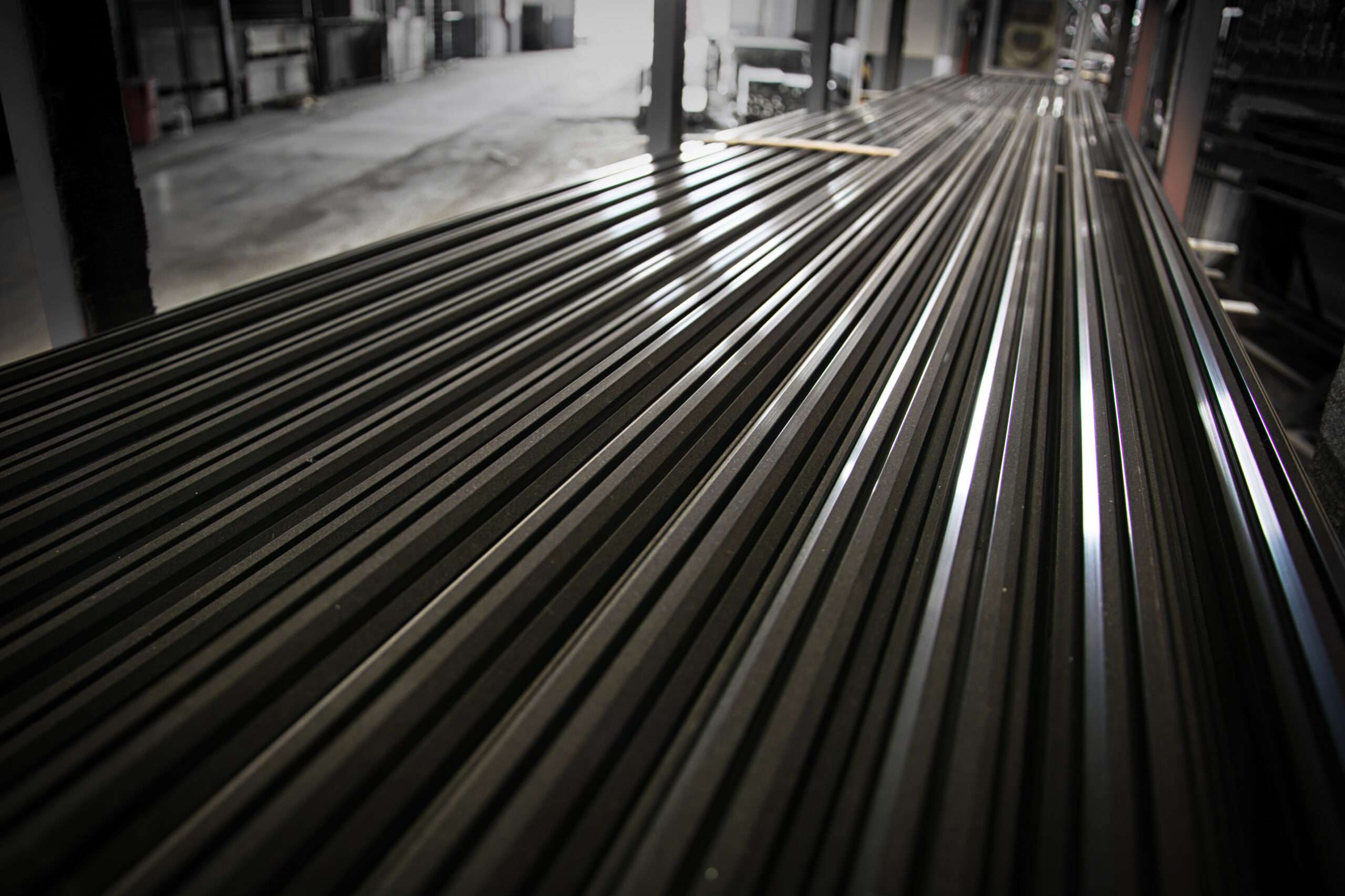
Demystifying the Metallic Marvel: Understanding Materials and Features
Your metal building is more than just steel sheets – it’s a symphony of materials and features working in harmony to fulfill your vision. Let’s delve into the world of metal types, gauges, roofs, insulation, and more, equipping you to make informed choices for your dream structure.
The Metallic Menagerie: Choosing the Right Metal
Each metal type brings its own strengths and weaknesses to the table:
Galvanized Steel: The champion of affordability and durability, galvanized steel boasts a zinc coating that shields it from rust and corrosion. It’s versatile, readily available, and perfect for most needs. However, its weight might necessitate a sturdier foundation, and it can dent more easily than some other options.
Aluminum: Lightweight and naturally rust-resistant, aluminum shines in areas where weight is a concern or corrosion resistance is paramount. Its sleek aesthetic adds a touch of elegance, but it can be more expensive than steel and might not be as readily available in some regions.
Other Options: While less common, stainless steel offers ultimate corrosion resistance for demanding environments, while pre-painted steel adds a splash of color and eliminates the need for painting. Consider their specific advantages and costs based on your unique needs.
Gauging Your Needs: Thickness Matters
Metal thickness, measured in gauge, plays a crucial role in strength, durability, and cost:
Lower Gauge (Higher Number): Thicker metal (e.g., 14 gauge) translates to superior strength and wind resistance, ideal for larger buildings or demanding climates. However, it comes at a higher price tag and might require a more robust foundation.
Higher Gauge (Lower Number): Thinner metal (e.g., 26 gauge) is more budget-friendly and suitable for smaller structures or sheltered locations. However, it requires careful handling and might not withstand heavy loads or extreme weather.
Finding Your Roof Match: A Canopy of Protection
The roof is your metal building’s crown jewel, and different options cater to diverse needs:
Standing Seam: These interlocking panels create a sleek, watertight barrier, ideal for high wind and snow loads. Their longevity and aesthetic appeal come at a premium price.
Corrugated: The classic corrugated roof is loved for its affordability and ease of installation. While functional, it might not offer the same wind and snow resistance as other options.
Other Options: Consider options like metal shingles or composite panels for a balance of aesthetics, price, and performance. Factor in your climate, budget, and desired look when making your choice.
Building a Barrier: Insulation for Comfort and Efficiency
Insulation keeps your metal building comfortable year-round and reduces energy bills:
Fiberglass Batts: A popular and affordable choice, fiberglass batts are effective for walls and ceilings but require careful installation to avoid air gaps.
Spray Foam: Offering superior insulation value and air sealing, spray foam is ideal for demanding climates but comes at a higher cost.
Rigid Board Insulation: Easy to install and offering good R-values, rigid board insulation is a versatile option for walls, ceilings, and even roofs.
Doors and Windows: Portals to Light and Access
From heavy-duty rolling doors to elegant sliding glass panels, the options are vast:
Overhead Doors: Perfect for garages and workshops, choose from insulated roll-up doors for energy efficiency or economical sectional doors. Consider wind load requirements and desired access height.
Walk-in Doors: Opt for secure steel doors for storage units or energy-efficient glass doors for living spaces. Factor in security needs, accessibility requirements, and desired aesthetics.
Windows: Natural light can brighten your space, but consider energy efficiency ratings and potential security concerns. Choose from fixed windows, sliding windows, or awnings based on your needs.
Beyond the Basics: Optional Add-Ons for Enhanced Functionality
Don’t forget the finishing touches:
Gutters and Downspouts: Protect your foundation and prevent water damage with properly sized gutters and downspouts, considering your roof size and climate.
Skylights: Bring in natural light and reduce reliance on artificial lighting with strategically placed skylights. Ensure proper insulation and weatherproofing.
Ventilation Systems: Maintain comfortable temperatures and air quality with exhaust fans, louvers, or even HVAC systems depending on your building’s use and climate.
By understanding the intricacies of metal types, gauges, roofs, insulation, doors, windows, and optional features, you empower yourself to make informed choices that align with your budget, needs, and vision. Remember, your metal building is a blank canvas – paint it with the perfect combination of materials and features to create a structure that stands the test of time and serves you flawlessly.

Navigating the Buying Maze: From Reputable Suppliers to Seamless Delivery
Building your dream metal structure isn’t just about the steel itself – it’s about navigating a strategic path lined with informed decisions. Let’s delve into the key steps and considerations that will ensure a smooth and successful buying journey.
Unveiling the Trustworthy: Finding a Reputable Supplier
With a plethora of metal building options out there, choosing the right supplier is paramount. Here’s how to navigate the selection process:
Reputation Research: Dig deep into the company’s history, customer reviews, and online presence. Look for industry certifications, accreditations, and positive testimonials from satisfied clients.
Experience Matters: Prioritize companies with extensive experience in your specific building type and size range. Seek manufacturers with a proven track record of quality craftsmanship and commitment to customer satisfaction.
Apples to Apples Comparisons: Don’t fall for the allure of the first quote you receive. Compare offerings from multiple reputable suppliers, ensuring they understand your needs and provide detailed breakdowns of materials, features, and costs.
Transparency is Key: Choose a supplier who readily offers clear communication, readily answers your questions, and provides transparent information about pricing, warranties, and lead times.
Decoding the Details: Getting Savvy with Quotes
Quotes are your roadmap to budgeting, so scrutinize them meticulously. Here’s what to watch out for:
Comprehensive Breakdown: Ensure the quote details every component, including materials, gauges, dimensions, roof styles, doors, windows, and any additional features. Don’t leave room for hidden costs or misunderstandings.
Delivery and Installation Transparency: Understand the delivery and installation terms clearly. Are these costs included in the base price, or will they be additional? Clarify any associated fees and responsibilities.
Warranty Clarity: Be sure the warranty terms are clearly outlined, covering duration, scope, and any exclusions. Understand what’s covered and what’s not to avoid future disputes.
Payment Schedule: Negotiate a payment schedule that aligns with your project timeline and budget. Be wary of upfront demands or excessive deposits until key milestones are achieved.
Contract Confidence: Understanding the Fine Print
Before signing your life away (or rather, your building dream), dissect the contract meticulously. Remember, this document defines your rights and obligations. Key points to focus on:
Scope of Work: Ensure the contract accurately reflects the agreed-upon specifications, including size, materials, features, and installation details. Leave no room for ambiguity or misinterpretations.
Change Orders: Clearly define the process and implications of any potential changes to the project scope after the contract is signed. Understand how such changes will affect costs and timelines.
Payment Terms: Double-check the payment schedule, ensuring it aligns with the agreed-upon milestones and deliverables. Understand any penalties or late fees associated with delayed payments.
Dispute Resolution: Know your options in case of disagreements. The contract should outline the process for resolving disputes fairly and efficiently.
Seek Legal Counsel: If the contract feels overwhelming or complex, consider consulting a legal professional for assistance in understanding its implications.
Permitting Prowess: Navigating the Regulatory Landscape
Before breaking ground, obtaining the necessary permits is crucial. Here’s how to ensure a smooth process:
Early Inquiry: Don’t wait until construction starts – contact your local building department early on to understand which permits are required for your specific project.
Plan Submission: Prepare and submit accurate building plans along with your permit application. Ensure these plans comply with all local zoning regulations and building codes.
Inspections and Approvals: Expect inspections throughout the construction process to ensure adherence to regulations. Address any concerns promptly to avoid delays.
Professional Assistance: Depending on the complexity of your project, consider seeking assistance from an architect or engineer experienced in navigating permitting processes.
Financing Flexibility: Exploring Funding Options
Building a metal structure involves sizable investments. Here are some financing options to consider:
Cash Purchase: If you have the funds readily available, this eliminates financing costs and streamlines the process.
Construction Loans: These short-term loans cover construction costs and are repaid upon completion of the project. Explore different lenders and compare interest rates and terms.
Home Equity Loans or Lines of Credit: If you own a home, tapping into its equity can offer lower interest rates compared to construction loans. However, remember you’re putting your home at risk.
Equipment Financing: If your building is for business purposes, equipment financing options may be available to finance specific components like cranes or lifts.
Government Grants or Incentives: Depending on your location and purpose, certain government programs might offer grants or incentives for eco-friendly or agricultural metal buildings. Research thoroughly.
Delivery and Installation: Seamless Arrival and Expert Assembly
With the paperwork sorted and excitement brewing, it’s time to focus on the final steps: delivery and installation. Careful planning and communication ensure your metal building arrives smoothly and gets assembled by skilled professionals.
Planning for Delivery:
Access Considerations: Assess your chosen location’s accessibility for large delivery vehicles. Ensure the driveway is wide and strong enough, and consider any necessary permits for oversized loads.
Delivery Logistics: Discuss delivery details with your supplier, including the estimated date, time, and any specific unloading requirements. Arrange for someone to be present to receive the delivery and facilitate access.
Site Preparation: Before delivery, ensure the building site is clear, level, and ready for construction. This might involve removing debris, grading the terrain, and marking utility lines.
Ensuring Expert Installation:
Installer Qualifications: Verify the experience and qualifications of the installation crew. Ask about their specific training and experience with buildings of your size and type.
Installation Scope: Ensure the agreed-upon installation scope and responsibilities are clearly defined in the contract. Understand what tasks are included and any additional work that might require separate fees.
Safety Measures: Discuss the safety protocols the crew will follow during installation. This includes wearing proper personal protective equipment and adhering to safe construction practices.
Weather Considerations: Be mindful of potential weather delays and discuss contingency plans with the installer. Ensure your building materials are protected from adverse weather conditions during construction.
Inspections and Approvals: Schedule timely inspections by local authorities throughout the installation process. This ensures adherence to building codes and avoids potential setbacks.
Additional Tips:
Maintain open communication: Stay in touch with the supplier and installer throughout the process. Ask questions, clarify any concerns, and promptly address any issues that arise.
Document everything: Keep detailed records of communications, delivery schedules, and installation progress. Take photos and videos to document the process for future reference.
Final walkthrough: Once the installation is complete, conduct a thorough walkthrough with the installer to ensure everything meets your expectations and contractual agreements.
By carefully planning your delivery and installation, you can ensure your metal building arrives safely and is assembled by qualified professionals, setting the stage for years of enjoyment and functionality. Remember, clear communication, preparation, and attention to detail are key to a smooth and successful experience.
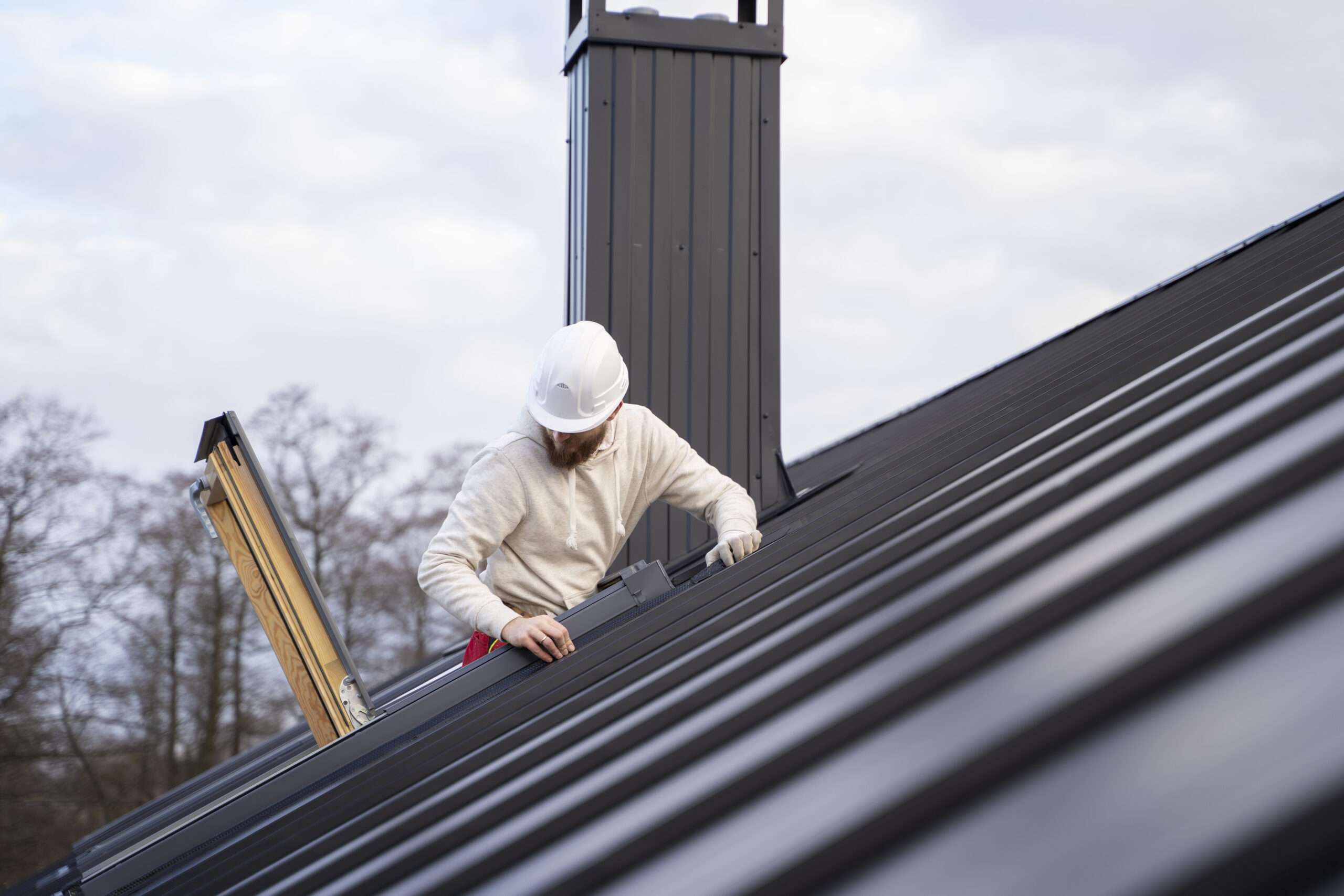
Maintaining Your Metal Marvel: A Guide to Long-Lasting Functionality
Your metal building may stand proud and sturdy, but even the strongest steel requires a touch of TLC to ensure its longevity and continued functionality. Let’s explore some key maintenance practices to keep your building gleaming and performing optimally:
General Maintenance Tips
Cleaning: Regularly wash your building, especially after harsh weather or heavy use. Use mild detergent and water, avoiding harsh chemicals that could damage the surface. Clean gutters and downspouts to prevent debris buildup and water damage.
Rust Prevention: Inspect your building for signs of rust, especially around seams, welds, and areas exposed to moisture. Address any rust promptly by sanding, treating with a rust converter, and applying a protective coating. Regular touch-up painting with a high-quality metal paint helps protect against future rust development.
Roof Maintenance: Regularly inspect your roof for damage such as loose or missing screws, tears, or leaks. Clear debris from the roof and gutters to prevent water ponding and potential damage. Consider periodic professional roof inspections for early detection and proactive repairs.
Door and Window Maintenance: Lubricate door and window hinges regularly to ensure smooth operation. Check for weatherstripping wear and tear, replacing them as needed to maintain proper sealing and energy efficiency.
Foundation Care: Inspect your foundation for cracks, settling, or erosion, especially after heavy rain or snowfall. Address any concerns promptly to prevent structural damage to the building.
Warranty Information
Your metal building’s warranty is your safety net, so understanding its terms and coverage is crucial. Here’s what to remember
Read the Fine Print: Carefully review the warranty document, paying close attention to the covered components, duration of coverage, and any exclusions. Understand what’s included and what’s not to avoid potential disputes later.
Register Your Warranty: Most warranties require timely registration, so complete this process promptly after purchase to ensure coverage validity.
Maintain Records: Keep all records related to your warranty, including receipts, service logs, and repair documentation. This will be necessary when filing future claims.
Future Expansion or Modifications
Metal buildings offer inherent flexibility when it comes to future needs. Here’s how to prepare for potential changes:
Consider Future Needs: During the initial planning stages, think about possible future uses or expansions. Choose a design and size that could accommodate additional space or modifications down the line.
Modular Options: If flexibility is a top priority, explore modular buildings. These are designed with expansion potential in mind, allowing you to add sections or modify existing ones as your needs evolve.
Professional Consultation: For complex modifications, consult with a qualified engineer or architect who specializes in metal buildings. They can assess the feasibility of your plans and ensure any changes comply with structural and safety requirements.
Remember: Regular maintenance, a thorough understanding of your warranty, and planning for potential modifications can ensure your metal building remains a strong, reliable, and adaptable asset for years to come. By investing in its upkeep, you’ll reap the rewards of a long-lasting structure that serves you well for decades to come.
Building Your Dream: A Recap and a Launchpad
Congratulations! You’ve navigated the comprehensive guide to buying a metal building. Remember, this journey starts with defining your needs, ensuring the structure fulfills your vision. Size, design, and location become crucial players, meticulously chosen for functionality and accessibility. Be a savvy shopper, finding a reputable supplier and obtaining detailed quotes. Understand the contract, secure necessary permits, and explore financing options. Finally, ensure a smooth delivery and installation by planning and communicating effectively.
Now, armed with knowledge and confidence, take the next step. Research specific suppliers, compare options, and ask informed questions. Remember, this guide is just the beginning. Utilize the provided additional resources to delve deeper, and don’t hesitate to seek professional advice when needed. Your dream metal building awaits – make it a reality with informed decisions and a touch of excitement!

